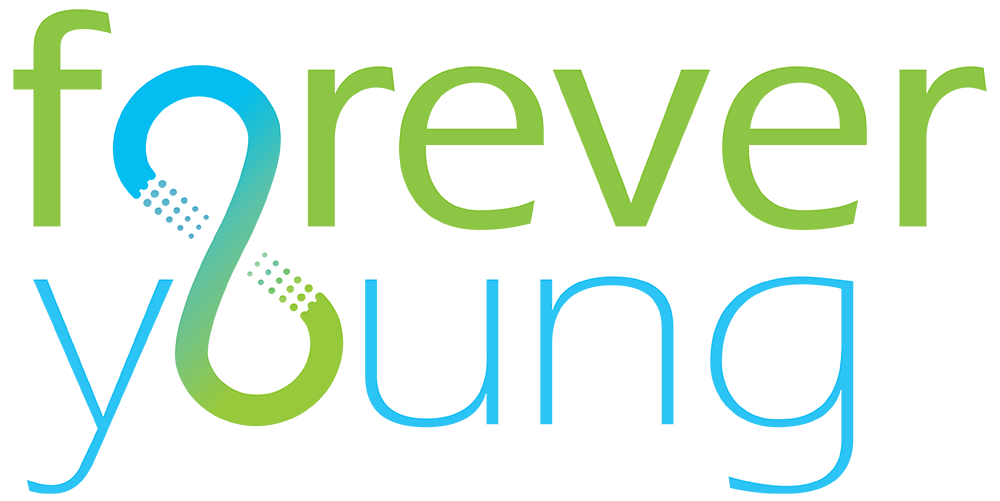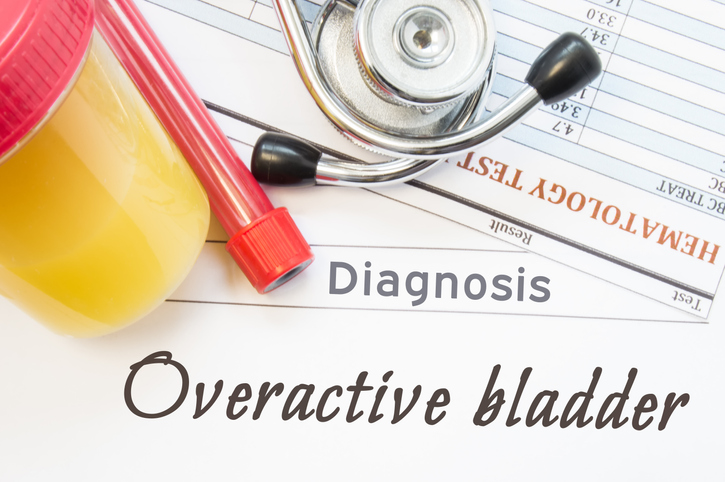Millions of Americans are frustrated with their urinary problems. More specifically, the need to urinate multiple times a day and night and leaking urine is frustrating to many people over the age of 45. Fortunately, there have been successful advances in the herbal treatment of common urinary problems. I am excited to share these breakthroughs with you in this article.
Bladder Muscle Problem
An overactive bladder (OAB) refers to a group of symptoms that cause a sudden need to urinate or the urge to urinate. OAB affects up to 40 percent of women and 30 percent of men in the United States. The most common symptom is a sudden, uncontrolled need or urge to urinate.12 For some, OAB causes leakage of urine. An additional symptom is the need to urinate many times during the day or night. OAB is different from incontinence, where there is a leakage of urine. The muscle that surrounds the bladder is known as the detrusor. When the bladder is full of urine, stretch receptors in the bladder wall trigger a nervous system reflex that causes the detrusor muscle to contract. This forces the urine toward the urethra to be expelled. Your bladder has an internal urethral sphincter that relaxes for urine to pass out. This internal sphincter is under the involuntary control of your nervous system. There is also an external urethral sphincter that you have mostly voluntary control over. The external urethral sphincter must relax for urine to pass into the urethra to flow outside the body. Most women and men with OAB have an overactive detrusor muscle.
Standard conventional approaches may include:
- preplanning bathroom visits.
- changing drinking habits.
- eating different foods.
- weight loss (for those who are overweight or obese).
- reducing fluid intake.
- decreasing or eliminating caffeine.
- Kegel exercises, which improve pelvic muscle and pelvic floor muscle tone
- biofeedback therapy, where one learns how to control one’s pelvic muscles and improve bladder control through nervous system control.
- direct physical therapy such as pelvic floor electrical stimulation.
For those who do not respond adequately to these treatments, then prescription drugs are often recommended. Unfortunately, these drugs can have a host of side effects such as fatigue, dry mouth, dizziness, and other symptoms. A study published in JAMA Internal Medicine found that people 65 and older using anticholinergic medications had a higher risk of dementia. This class of drugs is known to have the risk of impaired cognition, including working memory, attention, and psychomotor speed. Also, observational studies have found that the discontinuation of these drugs may not reverse cognitive problems, including mild cognitive impairment or dementia.
Another conventional treatment offered is botox, where the drug prevents the release of acetylcholine so that there is a reduction in bladder muscle contractions. The effects of these injections are temporary, and they may need to be repeated every four to six months. Potential side effects include urinary retention (being unable to urinate), which requires treatment with catheterization until the drug wears off.
New Natural Breakthrough
I have been helping women and Men with urination problems such as an overactive bladder and urinary incontinence with a much higher success rate with Bladder Health. The formula’s star is a combination of three herbal extracts, including Crataeva nurvala stem bark, Equisetum arvense stem, and Lindera aggregata root. How effective is this combination? A 2018 randomized, double-blind, placebo-controlled trial involved 150 men and women with OAB and urinary incontinence who were given this unique 3 herbal blend or placebo. After 8 weeks, those taking the herbal blend had significantly fewer episodes of nocturia and lower symptoms of urgency and total incontinence as compared to placebo.
The following are some key outcomes of those taking the herbal blend in this remarkable study:
- 61 percent reduction in urinary urgency.
- normalization of bladder symptoms for excessive day frequency reported by 60 percent of the herbal group as compared to 11 percent of the control.
- 47 percent reduction in nocturia, and total average day frequency returned to normal (less than eight times in 24 hours).
- total remission of nocturia symptoms reported by 24 percent of the herbal group as compared to 2 percent of the control.
- 56 percent reduction in urge urinary incontinence.
- 67 percent reduction in stress urinary incontinence.
- Reduced pad usage to one or fewer per day (precautionary purposes only) reported by 75 percent of the herbal group.
- Willingness to continue treatment expressed by 77 percent of the herbal group as compared to 29 percent of the control.
Dr. Mark Stengler NMD is a bestselling author in private practice in Encinitas, California. His weekly newsletter Dr. Stengler’s Health Breakthroughs, is available at www.americasnaturaldoctor.com

